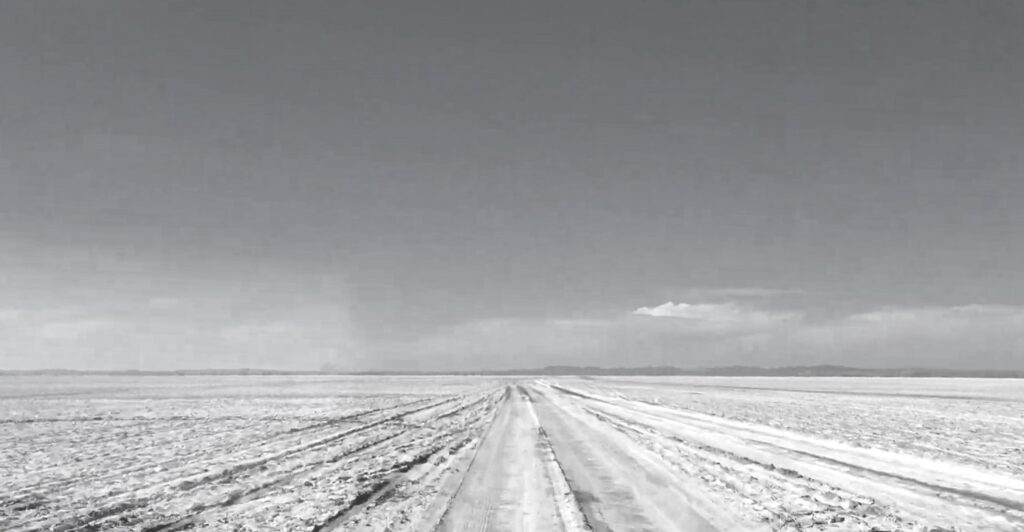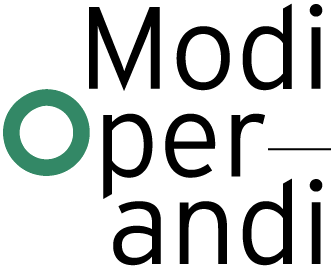ABSTRACT

The Iran-Pakistan border stretches about 900 kilometers through a mostly desertic mountainous landscape. Until recently, the border remained porous, enabling locals to trade relatively freely and making their existence possible. Informal access to the other side of the border has, however, started to diminish when several investments evolved to seal the border gradually. To stop drug inflow from Pakistan, the Iranian government implemented the construction of a concrete wall fortified with steel rods, observation towers or fortified bases, earth embankments, and ditches.
Despite the increasing substance of the fortifications, in several locations, the system is interrupted by the seasonal rivers and streams that have been penetrating the borderline for centuries. On the other hand, the locals familiar with the border zone’s natural settings can cross the mountainous areas that are used as natural barriers between the two countries. In fact, such interruptions are used by locals to maintain trading activity despite increasingly strict countermeasures.
The border fluxes are a consequence of broad political, economic, and social bonds that leave no other choice for the local population than to engage with – what is often unjustly called from the external perspective of a Western observer – the ‘grey economy.’ However, if we ignore the dichotomy of legal/illegal, we may discover that such distinction only distracts our attention from the essential conclusion: smuggling is what creates the Balochistan economy along with its actual job market or, in other words, what gives life to the region’s existence, by being its invisible infrastructure.
In such an understanding of infrastructure, the Balochi smugglers and the rest of the engaged agents can be perceived as a biological means of commodity flux. Being highly mobile, intelligent, flexible, and relatively resistant to extreme conditions, the smugglers create a human living infrastructure that enables the movement of commodities, which, in consequence, enables survival in the region.
This unveils an interesting intellectual shift from quasi dehumanization/objectification (smugglers becoming infrastructure) to animation (infrastructure delivering economic bloodstream animates the region on both sides of the border). In this regard, as an in-between zone, the border becomes a vehicle of transition, turning the individual separate actors into communitarian living infrastructure.
This project intends to create a spatial materialization of the rhizomatic-like nature that formed the base for such an invisible infrastructure. On the metaphorical level, the design acts as a commentary on the relationship between Balochi and the state’s exploitative practices towards the material and social resources of Baluchistan. The design translates the already-used strategies by smugglers into spatial means, such as creating conditions of obscurity and confusion. The project, therefore, spatializes the current routine of the ‘ hide and seek’ game that the smugglers and law enforcement forces repeatedly play out. The design aims to enable sustaining smugglers’ main activity and to permit regaining the sense of adherence to the homeland as own-controlled territory. This is expected to be achieved by developing a strategy that eventually sets up premises generating temporal circumstances of independence. Rather than imposing an instant, site-specific solution, the project proposes systemic spatial tactics that can be gradually introduced in various locations along the border.
